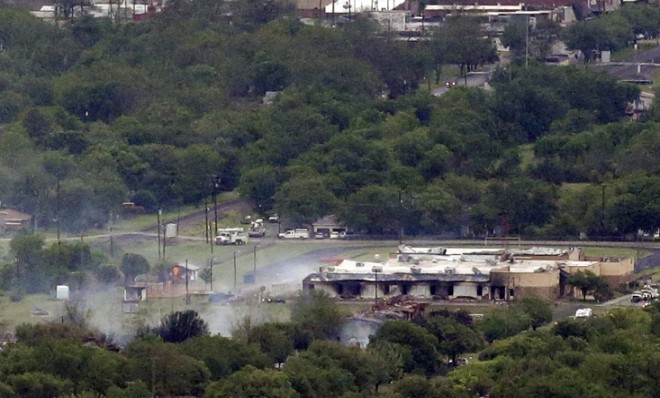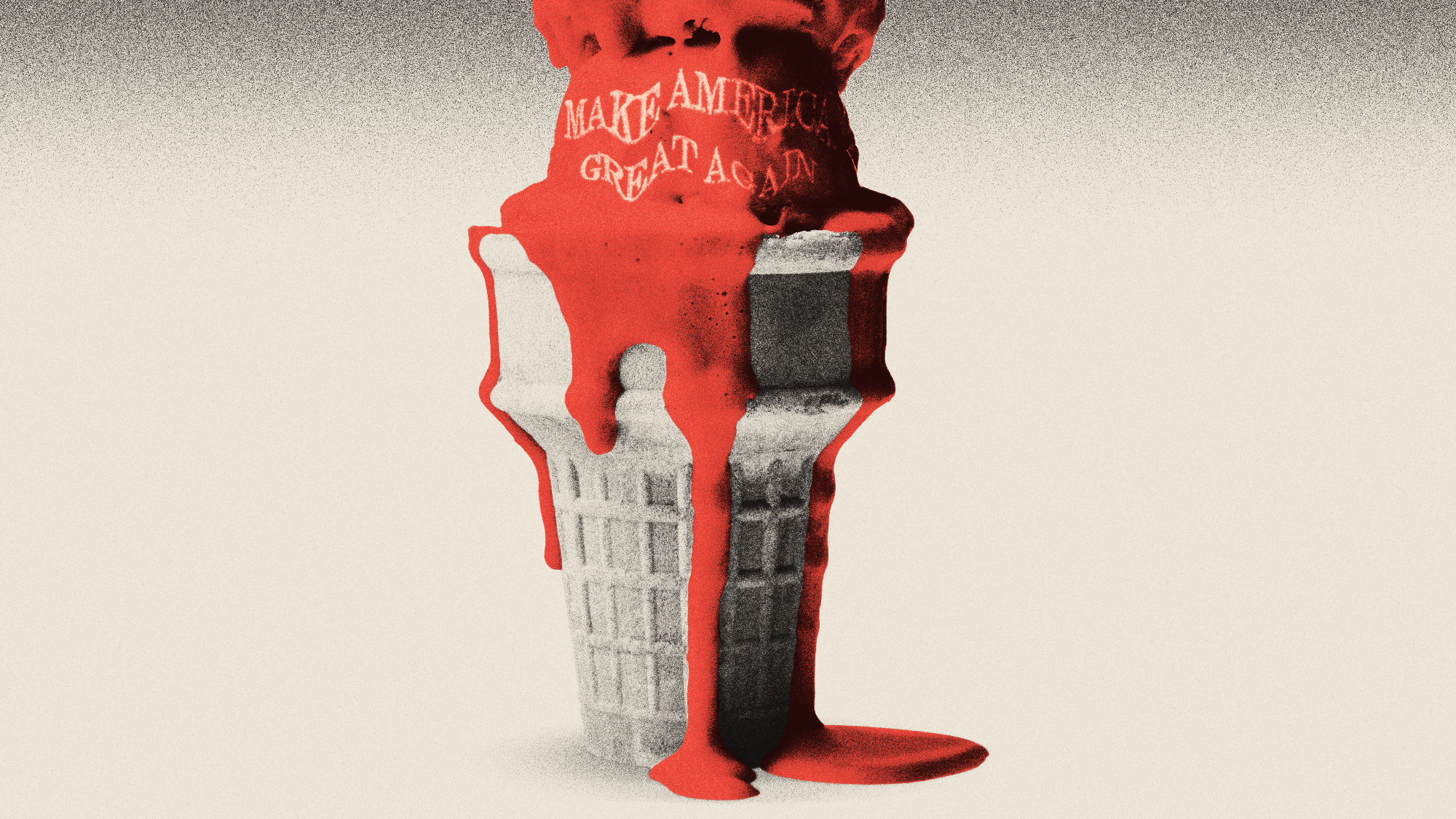Could the West Fertilizer explosion have been prevented?
The plant reportedly hadn't been inspected by regulators for 28 years

The immediate aftermath of the fertilizer plant explosion in West, Texas: More than 160 injured, at least 15 dead, and dozens of buildings demolished, according to Reuters.
And there is already speculation that all of that carnage could have been avoided.
The West Fertilizer plant, owned by Adair Grain Inc., was home to as much as 54,000 pounds of anhydrous ammonia, which is used to make ammonium nitrate, the same substance used by Timothy McVeigh during the Oklahoma City bombings in 1995.
The Week
Escape your echo chamber. Get the facts behind the news, plus analysis from multiple perspectives.

Sign up for The Week's Free Newsletters
From our morning news briefing to a weekly Good News Newsletter, get the best of The Week delivered directly to your inbox.
From our morning news briefing to a weekly Good News Newsletter, get the best of The Week delivered directly to your inbox.
At the moment, we don't know too much about what happened at the West Fertilizer plant, although the U.S. Chemical Safety Board has said it's deploying a "large investigation team" to the explosion site.
What we do know is that the plant hadn't been inspected by the Occupational Safety and Health Administration (OSHA) since 1985, when it was fined $30 for five violations including improper handling of anhydrous ammonia, according to The New York Times. In 2011, the plant filed a report with the EPA saying the worst-case scenario for the plant was that workers would have to vent gas into the air for 10 minutes.
In 2006, the plant was investigated by the Texas Commission on Environmental Quality after it received reports of a "very bad" ammonia smell, according to the Dallas Morning News. Other than that, the plant was up to code with the EPA and Texas Commission on Environmental Quality at the time of the explosions, according to NBCNews.com.
Bryce Covert of Think Progress argues that it's easy to pass inspections when they happen so seldomly, noting that OSHA "is chronically understaffed, which means that a given plant like West Fertilizer can only expect to get a state inspection once every 67 years on average."
A free daily email with the biggest news stories of the day – and the best features from TheWeek.com
Another problem, according to Modern Farmer, is that most of our laws regulating ammonia are geared towards preventing individuals from building bombs, not preventing incidents like the one in West, Texas.
If more frequent inspections weren't an option, local officials could have at least made sure the plant wasn't near any schools or homes, writes Randy Lee Loftis at the Dallas Morning News:
The rapid and overwhelming response from emergency crews from around north-central Texas has been nothing short of astounding… So why didn’t local planners demonstrate an equal level of forethought and imagine what kind of problems could arise when you place a middle school, a retirement complex, apartments, and houses next to a fertilizer plant with a 12,000-gallon tank containing highly volatile chemical compounds? Someone needs to be called to account for the scores of deaths and injuries caused by this explosion. [Dallas Morning News]
This is not the first time an incident like this has happened. According to The Guardian, there have been 17 ammonia-related explosions around the world since 1921, including the Texas City Disaster that killed 581 people 66 years ago this week.
Keith Wagstaff is a staff writer at TheWeek.com covering politics and current events. He has previously written for such publications as TIME, Details, VICE, and the Village Voice.
-
 Metaverse: Zuckerberg quits his virtual obsession
Metaverse: Zuckerberg quits his virtual obsessionFeature The tech mogul’s vision for virtual worlds inhabited by millions of users was clearly a flop
-
 Frank Gehry: the architect who made buildings flow like water
Frank Gehry: the architect who made buildings flow like waterFeature The revered building master died at the age of 96
-
 Is MAGA melting down?
Is MAGA melting down?Today's Big Question Candace Owens, Tucker Carlson, Laura Loomer and more are feuding